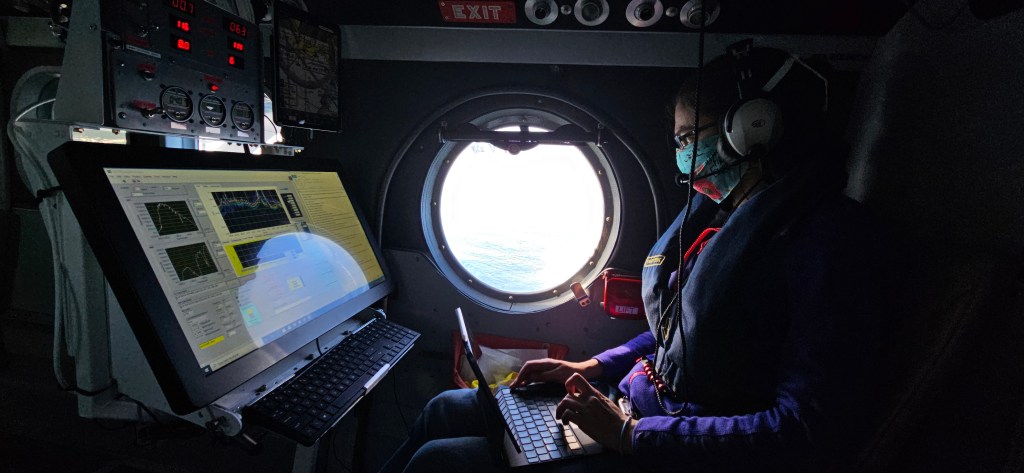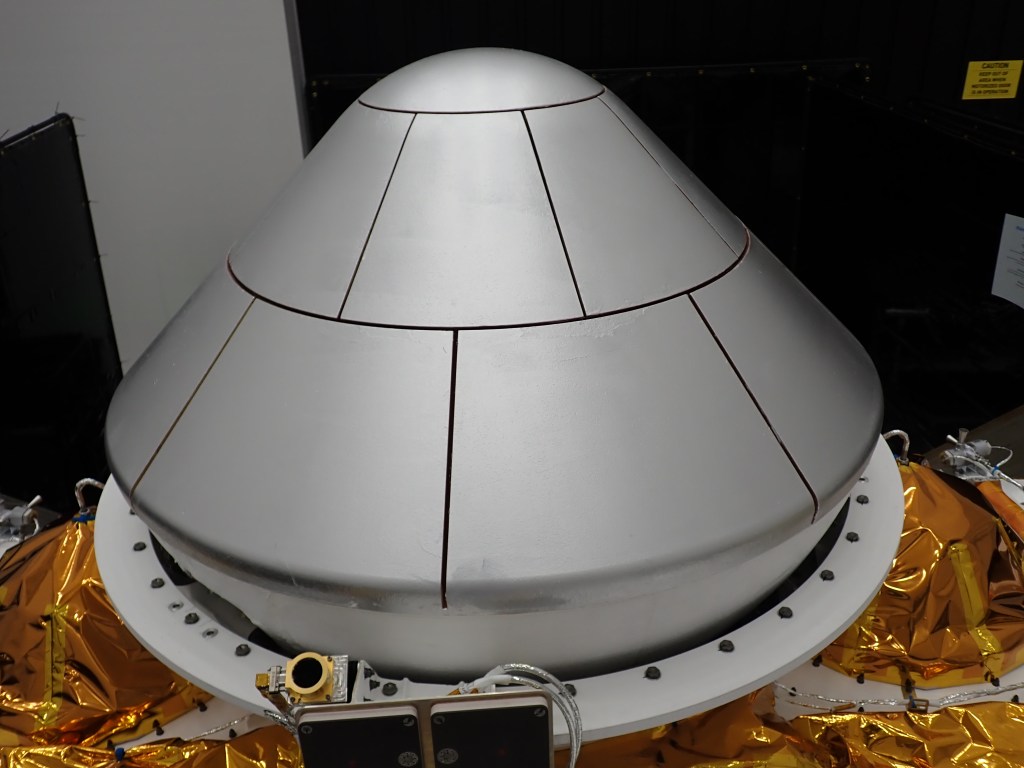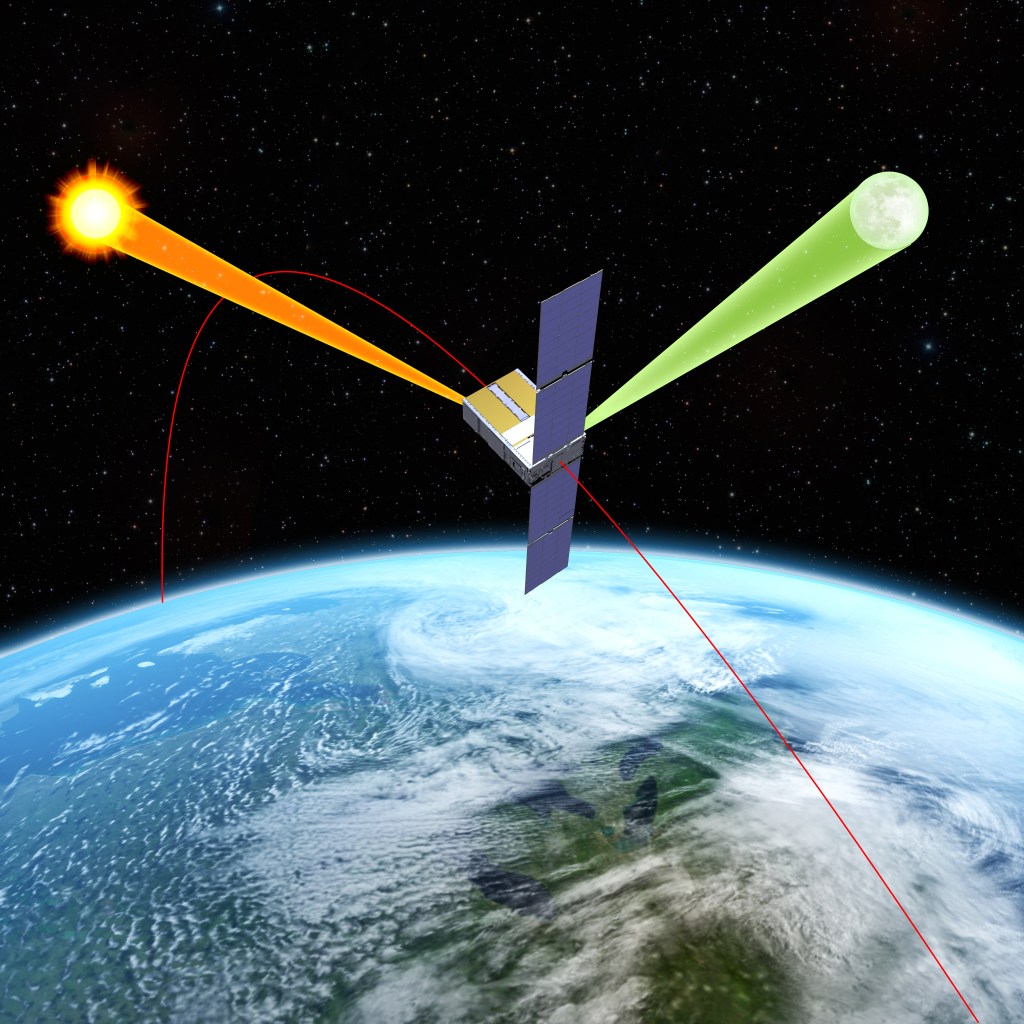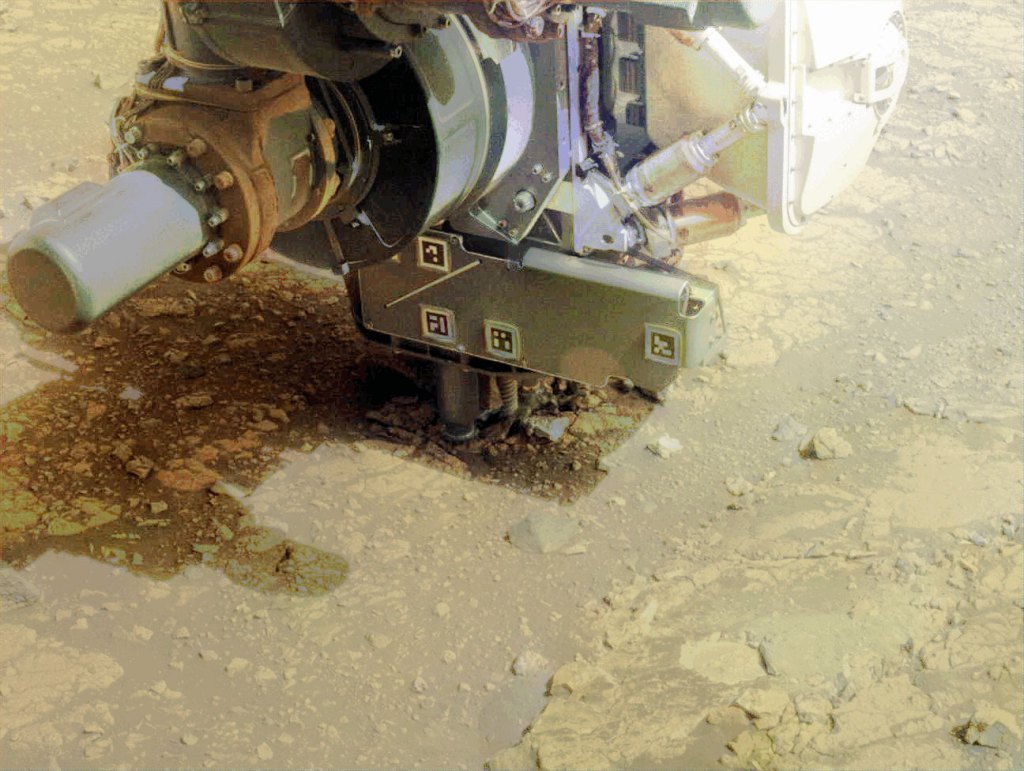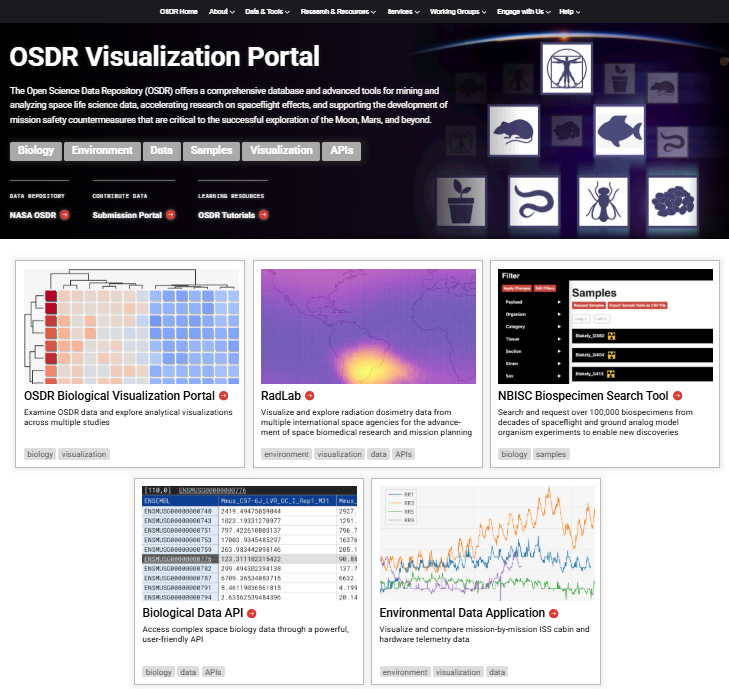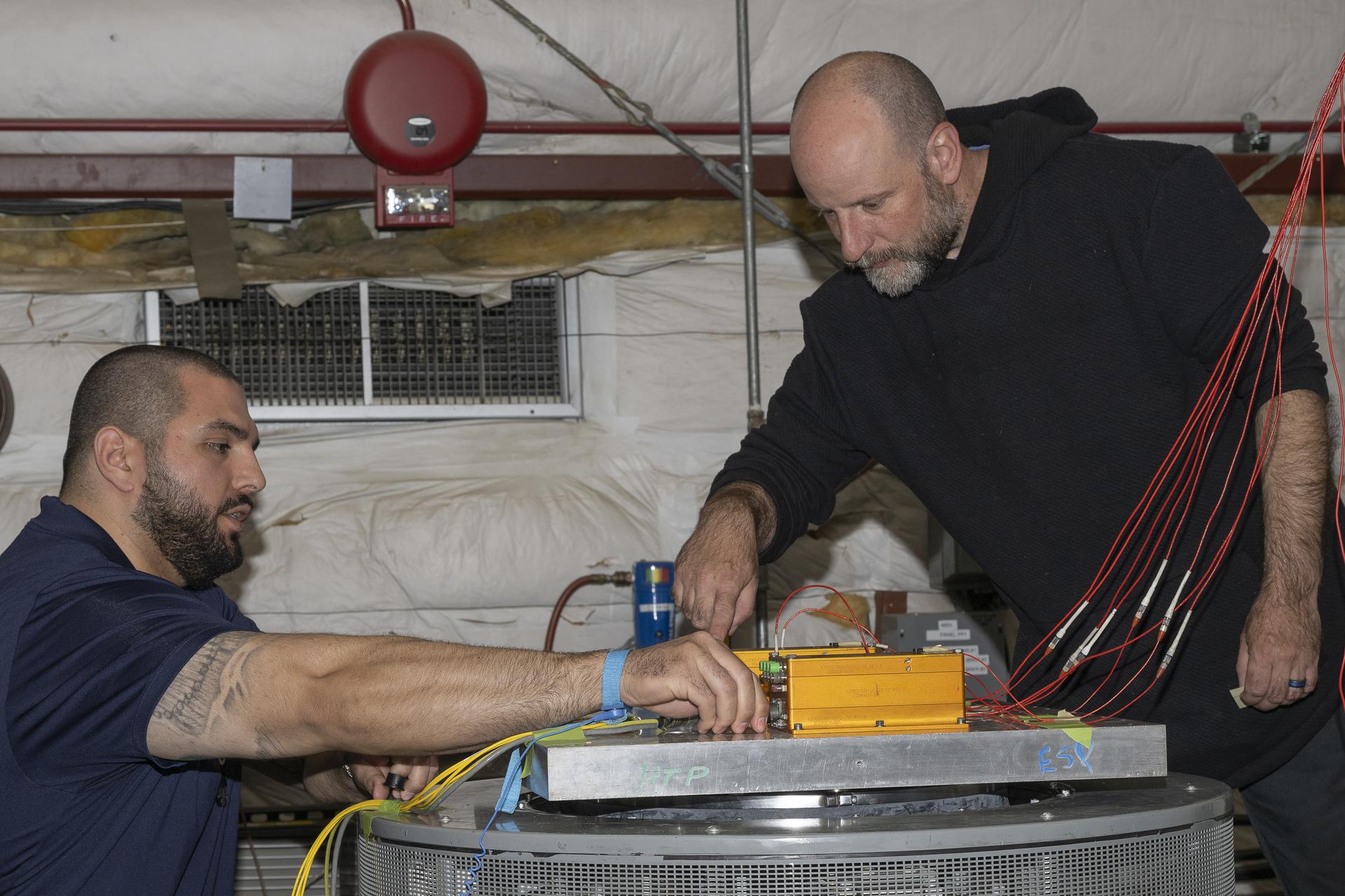Standard Test Method for Measuring Liquid and Solid Material Fire Limits in Gaseous Oxidants
This test method provides for measuring of the minimum conditions of a range of parameters (concentration of oxidant in a flowing mixture of oxidant and diluent, pressure, temperature) that will just support sustained propagation of combustion. For materials that exhibit flaming combustion, this is a flammability limit similar to the lower flammability limit, upper flammability limit, and minimum oxidant for combustion of gases (1).4 However, unlike flammability limits for gases, in two-phase systems, the concept of upper and lower flame limits is not meaningful. However, limits can typically be determined for variations in other parameters such as the minimum oxidant for combustion (the oxidant index), the pressure limit, the temperature limit, and others. Measurement and use of these data are analogous to the measurement and use of the corresponding data for gaseous systems. That is, the limits apply to systems likely to experience complete propagations (equilibrium combustion). Successful ignition and combustion below the measured limits at other conditions or of a transient nature are not precluded below the threshold. Flammability limits measured at one set of conditions are not necessarily the lowest thresholds at which combustion can occur. Therefore direct correlation of these data with the burning characteristics under actual use conditions is not implied…Learn more
2 min read





